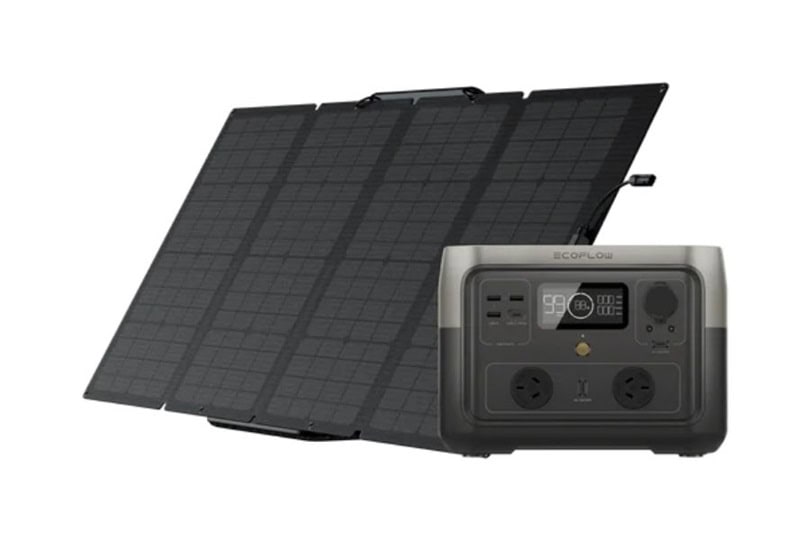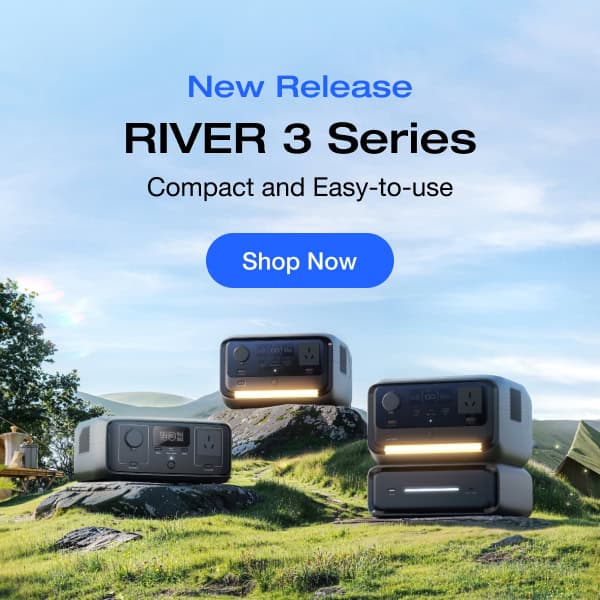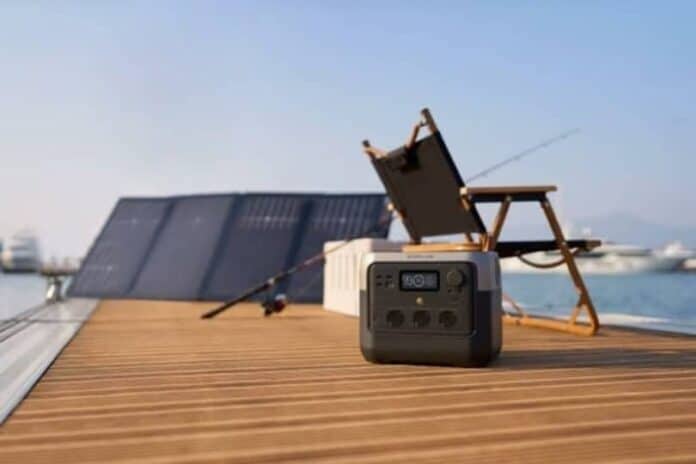Table of Contents
Beach fishing offers a unique opportunity to enjoy Australia’s breathtaking coastlines while casting your line into the surf. Whether you’re a seasoned angler or just starting out, understanding the best times to fish, selecting the right gear, and mastering the techniques can make all the difference. In this beach fishing guide, we’ll walk you through the essentials, from when to fish and what gear to use, to how to fish from the beach and catch the best species.
When Is the Best Time to Go Beach Fishing?
The best time for beach fishing is during high tide, especially when it coincides with early morning or late evening hours. This is when many fish move closer to shore to feed, taking advantage of the cooler temperatures and quieter beach conditions.
Late evening, after sunset, is also an ideal time to fish, as fish tend to be more active and the absence of beachgoers creates a calm environment.
Additionally, pay attention to the tide’s direction: an incoming tide brings fish closer to shore, while an outgoing tide pushes them farther out into the water, affecting their accessibility.
What Equipment Do You Need for Beach Fishing?
Beach fishing doesn’t require an extensive array of gear, but having the right equipment is crucial for success. Here is a beginners guide to beach fishing essentials:
1.Rod and Reel
When fishing from the beach, a long, flexible rod is essential for casting long distances and managing surf conditions. A 10-12 foot rod with a 3-6kg line rating is ideal for light surf fishing. This will allow you to target species like whiting, bream, flathead, and smaller tailors and salmon. The extra length helps you cast further and provides the necessary leverage to handle fish in the surf.
2.Rod Tube or Spike
A rod tube or spike is a valuable accessory for fishing. It helps keep your rod elevated, allowing you to free your hands for other tasks while ensuring your reel stays sand-free. It’s also a practical option for when you want to take a break or walk around while waiting for a bite.
3.Tackle and Bait Storage
Keeping your tackle and bait organized is key to a smooth fishing experience. Use a small tackle box or bag to store hooks, lures, sinkers, and other small items. If you’re using live bait, make sure to bring a cooler or container to keep it fresh. Proper storage ensures that your gear is easily accessible when you need it.
4.Portable Power Supply for Extended Sessions
For anglers who spend extended hours by the beach or are fishing in remote locations, a portable power source can be a game-changer. The EcoFlow RIVER 2 Max Solar Generator (Single-facial PV160W)is an excellent option for those needing a reliable, lightweight power source. It can power devices like small fridges, lights, or even a vacuum cleaner, making it ideal for longer trips or beachside camping. With its solar charging capability, you can recharge the unit in as little as 3 hours, and it features up to 22% industry-leading solar conversion, making it a perfect companion for any fishing trip.

How to Beach Fish: Step-by-Step
Learning how to fish from beach involves understanding several key steps, including selecting the right bait, identifying fishable waters, and mastering different techniques. Follow these steps for a successful outing:
1.Choosing the Right Bait and Tackle
Different fish species have varying preferences when it comes to bait. Here’s a quick rundown of some popular beach fishing targets and the best bait and lures to use:
- Flathead: Soft plastic lures such as the ZMan 4”-6” Diezel MinnowZ or SwimmerZ are excellent choices for flathead. Pair these with 1/4oz to 1/2oz TT HeadlockZ HD jigheads for optimal presentation. For rocky areas, consider using a weedless rig to prevent snags.
- Salmon and Tailor: Metal slugs or zinc stickbaits in the 20-40g range are great for attracting these aggressive fish. A steady retrieve works well, but if bites are slow, try a twitch-pause action to mimic injured prey.
- Mulloway: Large, heavy lures like the ZMan 6” SwimmerZ or the 7” DieZel MinnowZ rigged on a 1oz 8/0 TT HeadlockZ HD jighead are great for targeting Mulloway. These lures are designed to cast well, sink quickly, and reach fish in deeper waters.
2.Identifying Fishable Waters
One of the most important aspects of learning how to beach fish is knowing where to fish. Not all areas of the beach will hold fish, so it’s essential to understand where to look for productive spots whether you are in Sydney, Gold Coast, or Adelaide.
A great starting point is to look for areas where waves break. These spots create “gutters” — deeper holes formed by the ebbing water as waves wash back out. These deeper holes are generally calm and serve as a feeding ground for fish. These gutters can often form very close to the shore, so you may not need to cast too far to get a bite. Keep an eye out for whitewash or foam along the shore, which usually indicates that a gutter is nearby. If you’re looking for a great adventure in Queensland, consider planning a Rainbow Beach camping trip.
3.Beach Fishing vs. Surf Fishing
Though both beach fishing and surf fishing occur along the coastline, they differ in approach. Here’s a brief overview of each:
- Beach Fishing: This method is more relaxed and typically involves fishing closer to shore. It’s ideal for beginners as it doesn’t require heavy gear or specialized techniques. Simply set up your rod on a spike, cast your bait into the surf, and wait for a bite. Look for areas with sandbanks, drop-offs, or deeper water where fish tend to gather. It’s a great way to target species like whiting, bream, and flathead.
- Surf Fishing: This method targets fish further out in the surf, beyond the breaking waves. Surf fishing requires stronger rods and reels to handle the larger fish and surf conditions. To surf fish, wade into the water and cast your line into deeper water, where fish like tailor, salmon, and mulloway are often found. The waves help propel your bait, so timing your cast during an incoming tide will increase your chances of success.
Effective Techniques for Beach Fishing
To increase your chances of success, it’s important to master some effective techniques for beach fishing:
- Casting Techniques: When casting from the beach, make sure to keep a stable stance and cast with a smooth, controlled motion. This helps your bait reach the target area without tangling. In windy conditions, a more compact casting technique will be necessary to maintain accuracy.
- Dealing with Waves: Surf can complicate beach fishing, but you can adjust by using heavier sinkers to keep your bait in place. Pay attention to the direction of the current, and adjust your rig accordingly to prevent it from drifting too far.
- Patience and Observation: Fish behavior is influenced by various factors such as tides, weather, and water clarity. Observing the water for signs of fish activity — like jumping or splashing — can guide your fishing strategy. If fish aren’t biting, try changing your lure or bait to entice them.
Conclusion
In conclusion, beach fishing offers a relaxing yet rewarding experience for anglers, with the right timing, gear, and techniques. Whether you’re targeting small whiting or larger species like mulloway, preparation is key. For longer trips, having reliable power on hand can enhance your experience, and solar generators like EcoFlow RIVER 2 Max Solar Generator are perfect for keeping your devices charged and ready. Embrace your beach fishing adventures with convenience and efficiency, powered by EcoFlow’s innovative solutions.
FAQs
What is the best bait for beach fishing?
The best bait for beach fishing depends on the fish species you’re targeting. Common options include live bait like sandworms, mullet, and shrimp, or artificial lures such as soft plastics and metal slugs. Always choose bait that matches the local fish species for optimal results.
What can you catch in beach fishing?
Beach fishing is a great form of outdoor recreation that can yield a variety of species, including flathead, bream, whiting, dart, tailor, salmon, and even larger fish like mulloway. The fish you catch depends on the bait, location, and time of day, with each species having specific preferences for feeding.
Is it best to fish high or low tide?
Fishing during high tide is often better because fish move closer to shore to feed. High tide brings in more food sources, making fish more active. However, fishing during low tide can also be productive, especially near drop-offs and structures, where fish gather in search of shelter and food.


